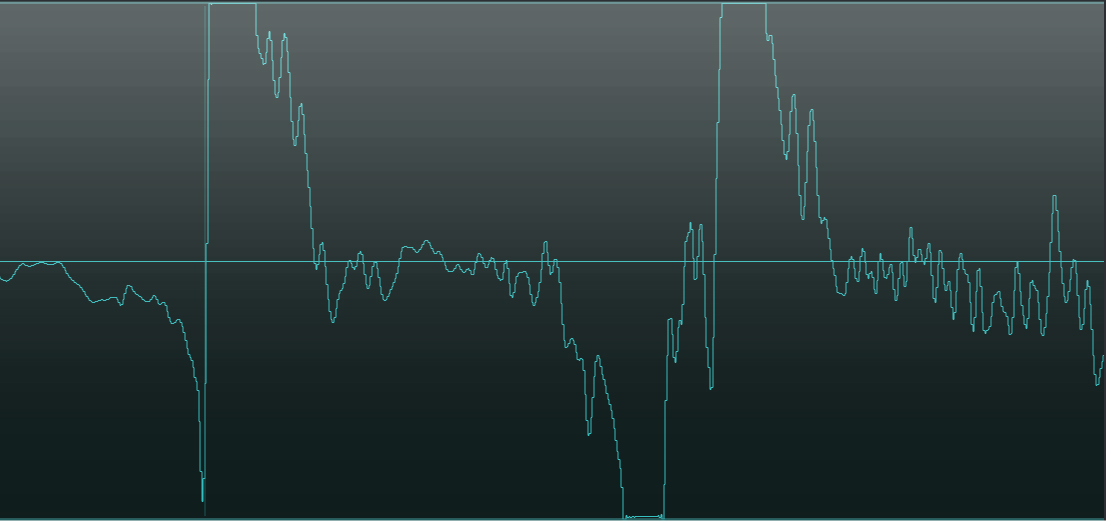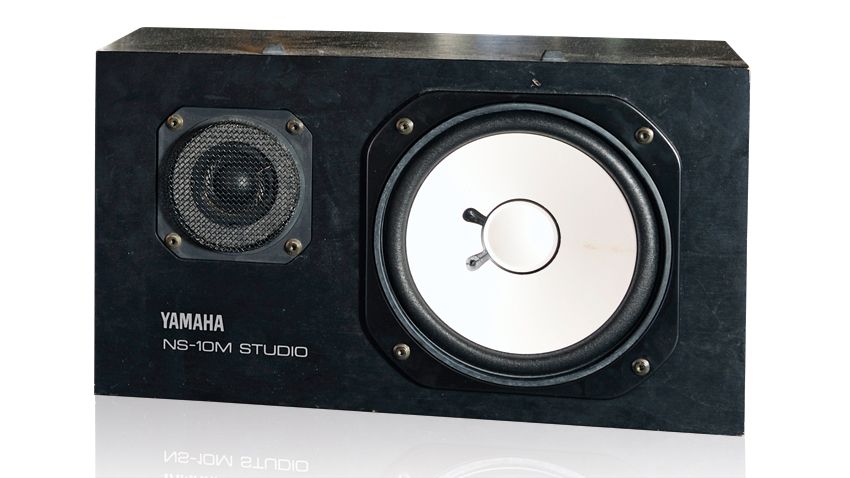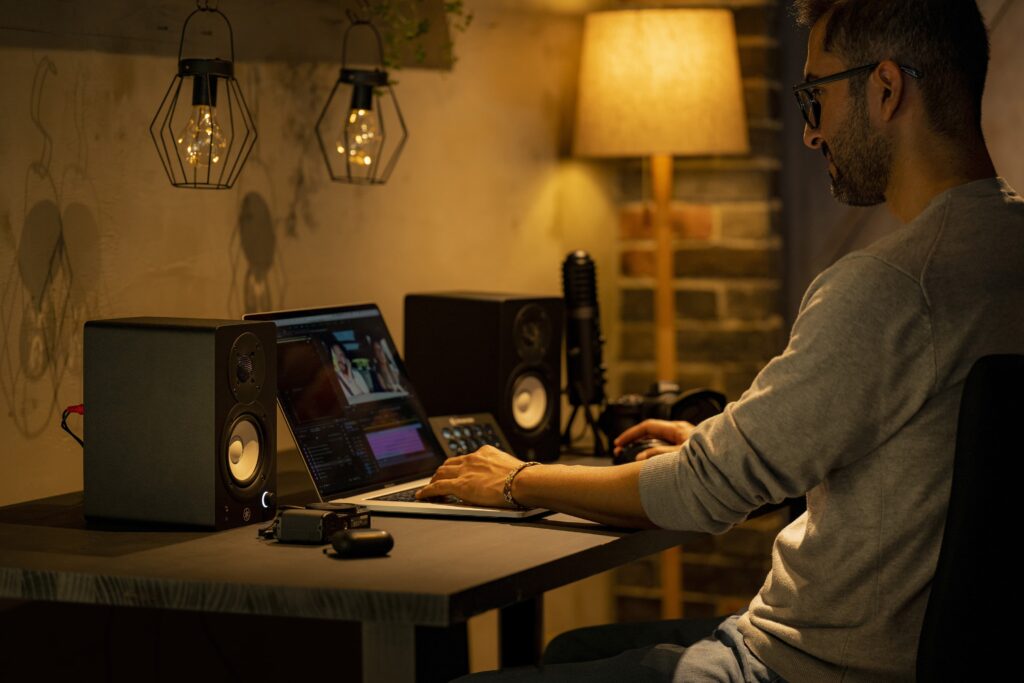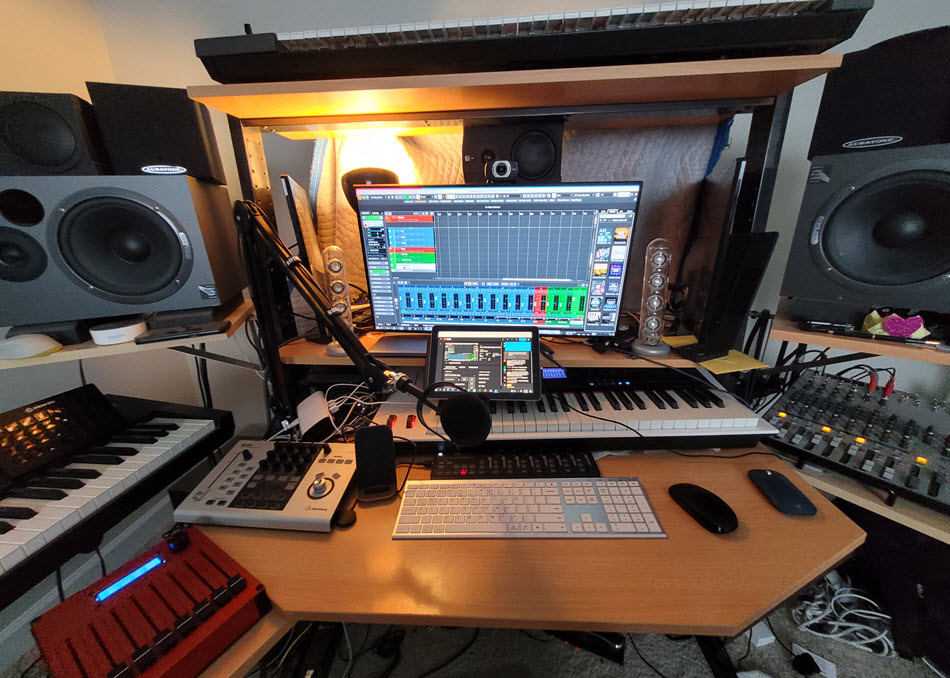What Are Vintage Sounds, Anyway?
Even in the digital age, there’s a place for analog.
When it comes to convenience, digital multitrack recording has it all over its predecessor, analog tape. You can record with a wider frequency range and lower noise. You can make copies without degrading the quality. You can slice, dice, cut, copy and paste your audio at will, with incredible precision and without affecting the original recording. You can record an unlimited number of tracks in a session, as long as you have a fast-enough computer and sufficient hard drive space to store the data.
This is all possible because the digital recording process turns analog audio into numerical data that can be freely manipulated before converting it back to sound when you play it back. When you edit digital audio, you’re simply rearranging numbers in a computer. When you edit a recording made to analog tape, you have to physically cut the tape to remove or move parts around, and then put it back together with splicing tape.
However, despite its many advantages, digital recording has a downside: It can sound too clean — even sterile — because it lacks the random irregularities that make analog recordings so endearing. In a somewhat ironic twist, many recordists these days try to make digital audio sound less perfect by adding “vintage” (i.e., analog) characteristics.
Clipping: The Good, The Bad and The Ugly
What are those analog characteristics? An example is the slight random pitch variations (called wow and flutter) that are caused by minor inconsistencies in a tape recorder’s — or turntable’s — speed and physical infrastructure. Digital playback, on the other hand, has no inconsistencies whatsoever.
Another essential characteristic of analog sound is saturation. One of the advantages of analog gear compared to digital is what happens when you overload it. In digital audio, overloading the input of a recording device or processor can create harsh and nasty distortion known as clipping. The waveforms are clipped (flattened) when they overload the input because, in the digital domain, there’s literally nowhere for the audio to go beyond zero. It’s like getting smashed into a brick wall.
Unfortunately, when the waveforms flatten out, some very unappealing distortion artifacts are created. (Note that the technical definition of distortion is a waveform that’s a different shape at the output than it was at the input.)

In analog gear, whether you’re recording to tape or using equipment with tubes or transformers (or both), overloading also causes distortion of the waveforms, but instead of the harsh nastiness of digital clipping, you generally get a much more pleasant effect, sometimes referred to as “soft” clipping. That’s because its transient — the loud initial part of the sound — tends to get squashed down a little, reducing its hard edge, which is similar to what happens when you compress a signal. Also, additional harmonics (i.e., components of a sound that are multiples of the base “fundamental” frequency) are created. As a result, the audio sounds richer and more supple. In audio parlance, those qualities are referred to as “warmth.”
Deliberate Overload
In the era before digital recording, many audio engineers discovered that overloading analog gear could often make their recorded tracks sound better. For example, it became commonplace to intentionally overload drums when recording them to tape to get a saturated sound.

Engineers also noticed that overloading tubes resulted in the creation of even-order harmonics (that is, octave multiples of the notes being played), which are particularly pleasing to the ear. The overdriven tube amplifier, particularly for guitar, is another mainstay of “vintage” sound.
The transformer — a common component in electronic circuitry that changes voltage internally — was also discovered to cause pleasant saturation. In particular, overloading the input in a transformer-coupled microphone preamp was found to create warmth when recording vocals. Rupert Neve, one of the pioneers in audio equipment design, established his name creating mixing consoles, preamps and signal processors (such as equalizers and compressors) with transformers that produced extremely pleasant “soft clipping” when overloaded.
That Silky Sound
In recent years, Neve, through his company, Rupert Neve Designs, has collaborated with Yamaha to bring vintage sounds to modern audio devices. The first Yamaha product to incorporate Neve technology was the Rivage PM10, a digital live mixer, followed by the Steinberg UR-RT series of audio interfaces, which have circuitry that incorporate Rupert Neve Designs transformers. The Steinberg AXR4 is the latest fruit of the Yamaha-Neve collaboration. It’s a premium Thunderbolt 2 audio interface that features precise digital emulation of the highly regarded SILK circuitry found in RND hardware.

When you plug a mic or instrument into the AXR4, you can turn on the SILK process with the press of a button, allowing you to imbue your digital tracks with classic analog-saturated sound. As a result, you get the best of both worlds: the convenience and flexibility of digital recording, along with the warmth of analog.
Check out our blog article What Is An Audio Interface?















